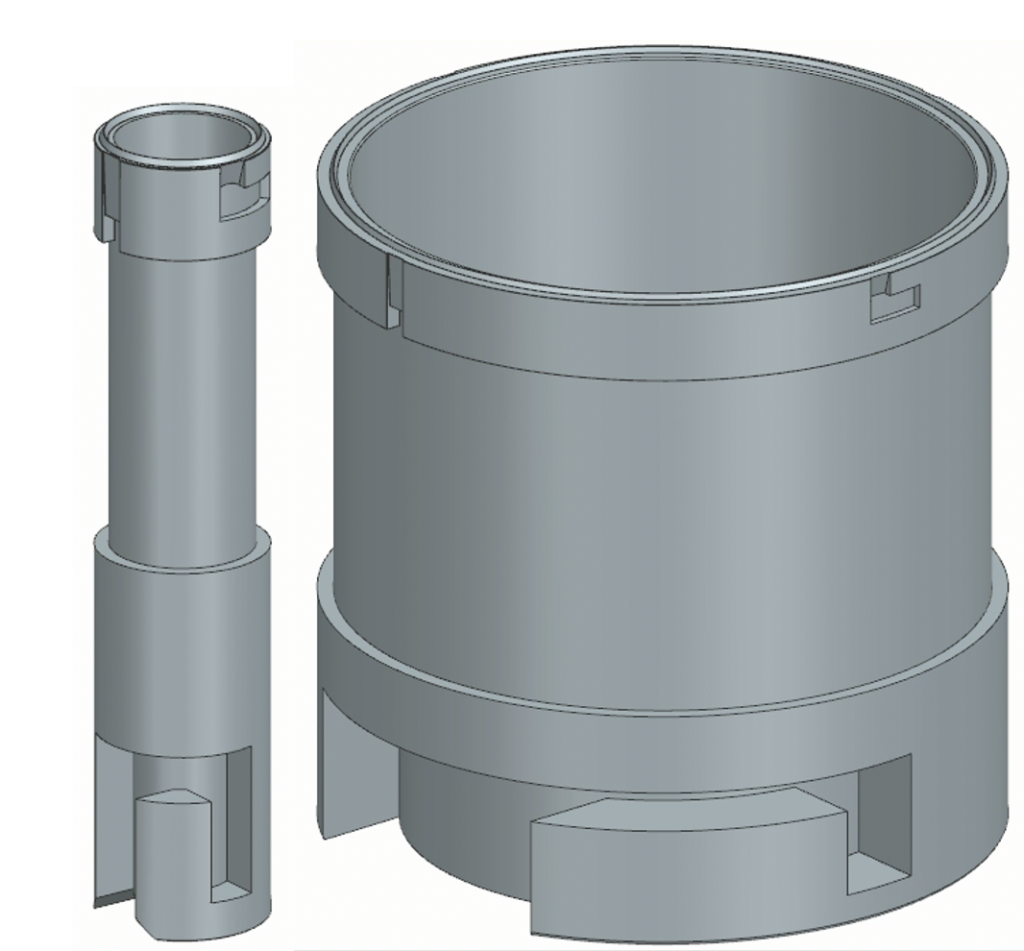Hypothesized Surface: Returning Samples – MSU
INSTITUTION
Michigan State University
CLASS
Copper Class (Fall 2021)
STUDENT TEAM
Brad McMahon, Mechanical Engineering
Friedrich Karl Hittner, Mechanical Engineering
Sebastian Bosoc, Mechanical Engineering Minor: Entrepreneurship
Matt Schram, Mechanical Engineering
Garrett Novak, Mechanical Engineering
ACADEMIC GUIDANCE
Dr. Neil Wright, Associate Professor, College of Engineering, MSU
PROJECT DESCRIPTION
The NASA Psyche Mission is set to launch in 2022 and arrive at the asteroid in 2026. It is an orbiter mission and will not land on the surface. It is possible to imagine, however, that after learning about Psyche from orbit, there may be scientists and engineers interested in proposing a subsequent mission to actually land on the asteroid. Designing to the range of hypothesized surfaces and terrain that might be found at Psyche (and keeping in mind other constraints such as its gravity), the team considered this future possibilitiy and designed a system for returning samples from the asteroid.
In our design, the potential future mission will consist of a robotic explorer equipped with a sampling system, landing on Psyche to collect and return samples of the hypothesized metallic surface to Earth. Our goal as the sample return team was to design a capsule system that would safely store and preserve 2.6 kg of material collected from the surface of Psyche: managing environmental contamination from Earthly compounds and solar radiation using materials consistent with NASA material handling standards. Our return capsule is designed to store an array of cylindrical tubes holding cached samples based on material and collection location. The designed geometry of the tubes allows them to contain a variety of sample forms including fine particles, small rocks, and cores giving the Sampling Team flexibility in the form of returnable material. Sample tubes will be filled using a fail-safe mechanism that ensures collected material will fit within the tube’s diameter and do not protrude the tube’s environmental seal ensuring samples are safely stored with the body of the tube. Once the sample return system has reached the designed flight weight, the capsule will be launched into orbit for docking with an orbiter for its return journey to Earth.


